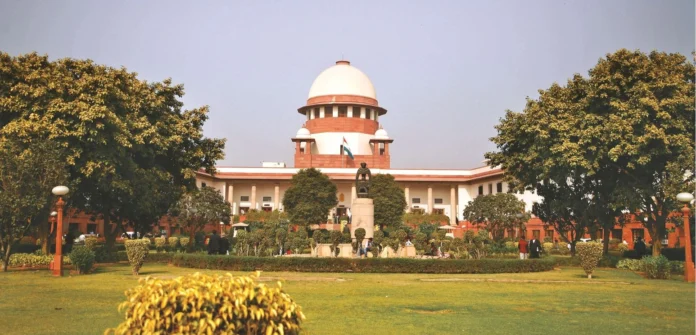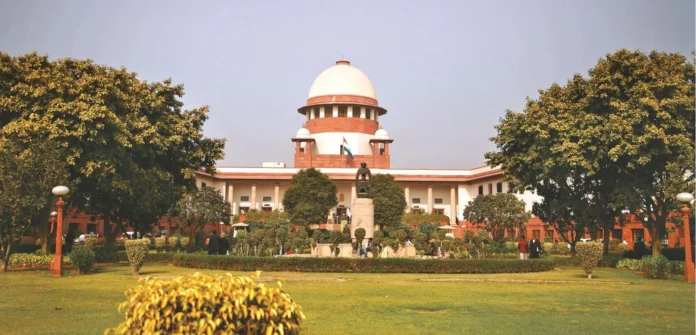For the first time in the history of the country, the Supreme Court has introduced a reservation policy for the candidates belonging to the Scheduled Caste and Scheduled Tribe (SC/ST) category in direct recruitment and promotions across its administrative posts.
As per a circular issued by the Apex Court on June 24, the Model Reservation Roster and Register, titled Res. Roster/01/2025, outlined a 200-point reservation framework in compliance with Rule 4A of the Supreme Court Officers and Servants (Conditions of Service and Conduct) Rules, 1961 and the guidelines issued by the Department of Personnel and Training (DoPT) in 1997.
The policy, which came into effect on June 23, 2025, allocated 15 percent reservation (30 seats) for the Scheduled Castes and 7.5 percent (15 seats) for the Scheduled Tribes within every 200 sanctioned posts.
As per the 167-page document, for each post, a detailed point-based breakdown would set out the exact serial number where an SC or ST vacancy arose, calculated against the sanctioned cadre strength.
Reservation would be provided for multiple administrative posts in the court, including Senior Personal Assistant (94 sanctioned posts: 14 SC, 6 ST, 74 UR); Assistant Librarian (20 posts: 3 SC, 1 ST); Junior Court Assistant (437 posts: 65 SC, 32 ST, 340 UR); Junior Court Assistant-cum-Junior Programmer (20 posts: 3 SC, 1 ST); Junior Court Attendant (600 posts: reservation distributed over more than 200 serialised entries); and Chamber Attendant (105 posts; SC 16, 8 ST, 85 UR).
Each roster would strictly follow a fractional entitlement to ensure compliance. For example, in the Junior Court Assistant cadre, the 7th, 15th, 20th, 27th, and so on posts have been earmarked for SC candidates, while ST vacancies appeared on the 14th, 28th, 40th points and so forth. Each designation’s roster has been uniquely structured to reflect its specific cadre size.
Alongside rosters, Part II of the document included Initial Reservation Registers for each post. These tabulated appointment logs would capture the reservation status of each filled post, enabling tracking of real-time compliance. These registers would function as live documents, to be updated upon each recruitment cycle.
The June 24 circular has been circulated among all Supreme Court employees and registrars. The Apex Court staff was directed to access the uploaded roster and register on Supnet, the internal network of the top court.
As per the circular, any objections relating to inaccuracies must be routed to the Registrar (Recruitment), providing a formal channel for redress.


